Something that slipped under my psychedelic radar was a story by CTV in Montreal about the risks of needle tenderized beef.
Most people know to cook ground beef well, but there are other cuts of beef that can also make you sick.
“My pan is nice and warm, and you see the heat is starting to penetrate the steak,” Chef Daniel Trottier says as he grills up some thick steaks. “My  pleasure for this steak is rare, rare to mid-rare.”
pleasure for this steak is rare, rare to mid-rare.”
Trottier is very careful not to let too much heat get in the meat. There’s nothing rare about people who like it the same way.
But beef lovers beware: Not all cuts should be cooked this way and it may surprise you why. Over 20 per cent of Canadian beef has been mechanically tenderized. It’s a process that uses blades or needles to make some cuts of meat easier to chew. However, most don’t even know that they’re eating it.
Christina Friesen teaches butchery at the Pearson School of Culinary Arts. She sometimes uses a mechanical tenderizer. It’s usually done on lesser quality cuts of beef.
“It’s all about profitability. If we didn’t have the pickers to tenderize this, it would go to ground. That’s a lot of meat going into ground. It’s to make profit,” said Friesen.
Dr. Joe Schwarcz has a more direct way of putting it: “You can basically make lower quality meat behave as if it were higher quality meat.”
It may be tender and cheap, but it could pose a risk to your health.
Microbiologist Rick Holley says if there iE. coli on the surface of the meat, tenderizing could push it into the centre.
“What that translates to is that the overall risk associated with foodborne illness from intact mechanically tenderized meat products is about two-fold higher,” said Holley, who teaches at the University of Manitoba.
Last September, 18 people got sick after eating beef contaminated with e-coli that came from Alberta’s Xl Foods—five of them after eating mechanically tenderized beef.
“There is an additional risk associated with mechanical tenderization that allows the bacteria to get into the middle of the stuff,” said Holley.
“It’s also possible for the needles to become contaminated as you go from steak to steak to steak and you pick up bacteria from one steak and transfer it to another one,” Schwarcz continued.
Public health authorities aren’t sure if the tenderizing process was directly responsible for the five cases in Alberta. They’re still investigating.
Not warning consumers
In its investigation, CTV Montreal found only one major retailer, Costco, that’s gone the distance and included instructions on how to safely cook this meat.
Metro’s tenderized French roast has big bold print that says “all cooked – all good,” but there’s no advice on what that means. Same thing at Provigo, it just says “tenderized.”
Quebec’s major grocery chains declined our request for an interview, but say they’re abiding by Health Canada’s recommendation. Still, without clear guidelines, many beef eaters seem to be letting their taste buds make the decisions.


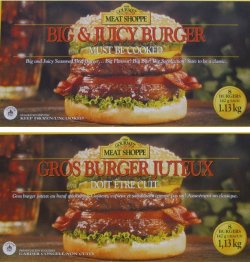

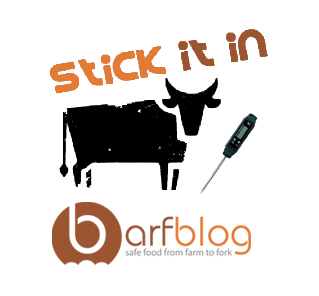

.jpg) pink slime – a cheap meat filler treated with an antibacterial agent.
pink slime – a cheap meat filler treated with an antibacterial agent.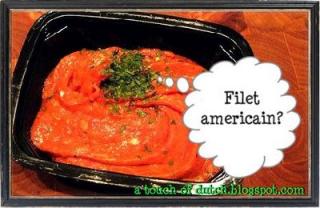
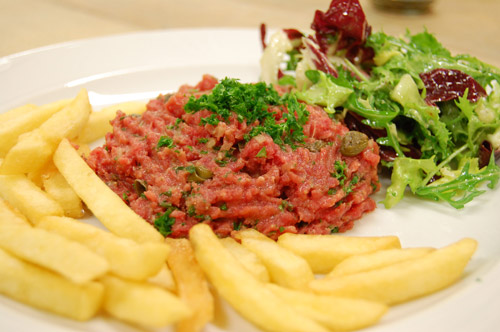 a normal steak tartare.
a normal steak tartare.(1).jpg) “gastroenteritis is seven days, it is only five,” and was sent home.
“gastroenteritis is seven days, it is only five,” and was sent home. stolen.
stolen. positive sample (there was no mention of a possible connection with the
positive sample (there was no mention of a possible connection with the